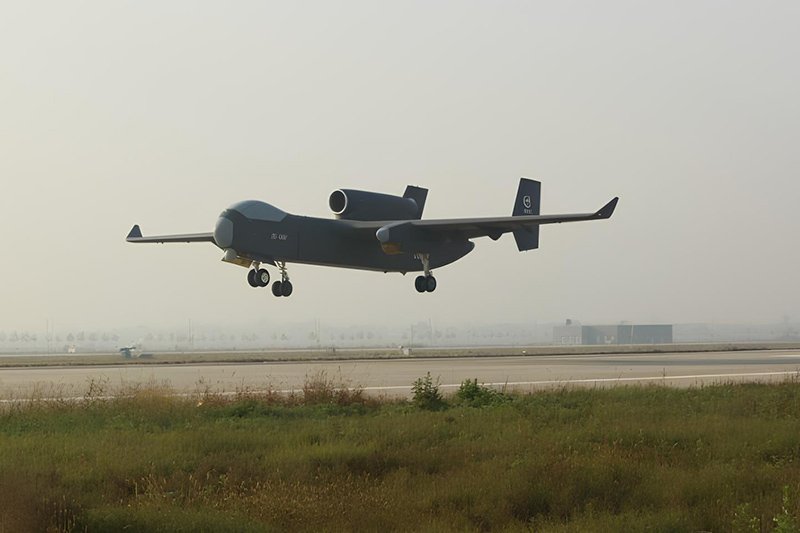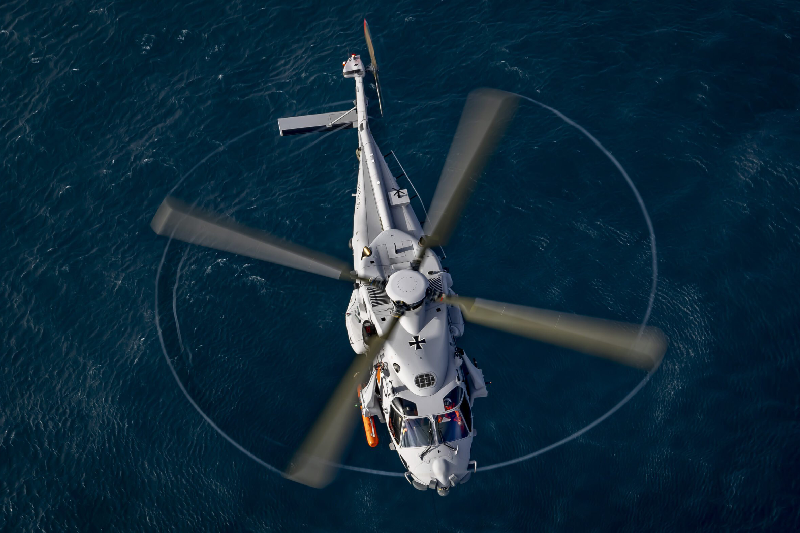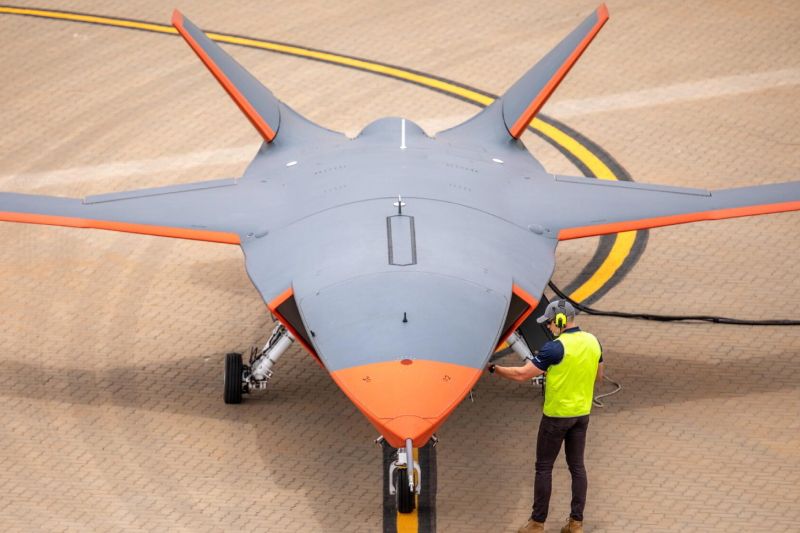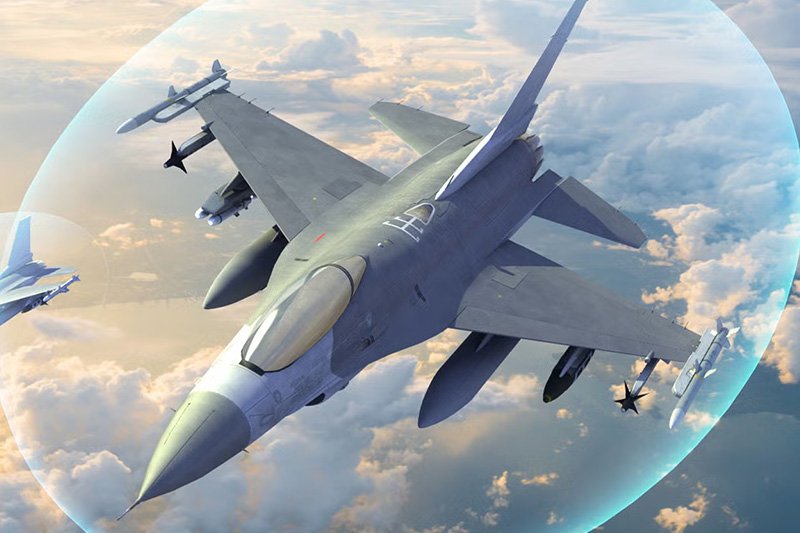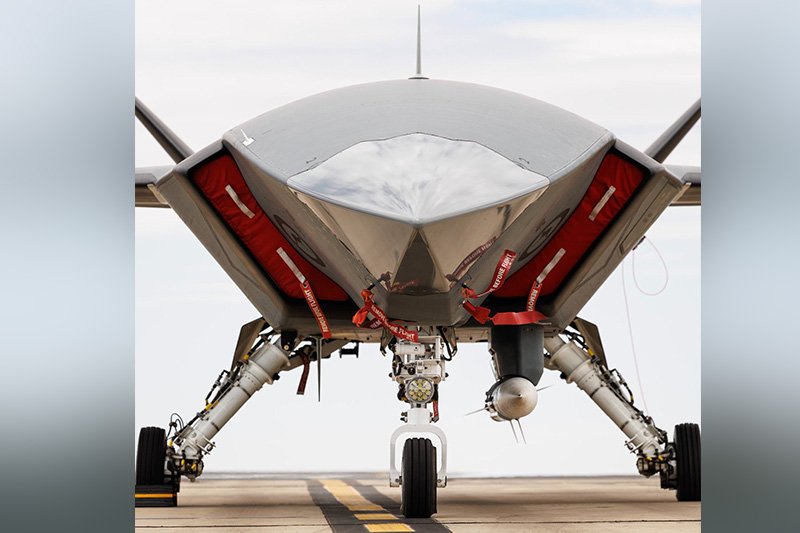China’s Fujian Aircraft Carrier Embarks On 7th Sea Trial
A new milestone in naval innovation has just unfolded. The PLANS-18 Fujian is set to leave the shipyard for its seventh sea trial, marking another significant step in the evolution of modern carrier technology. This test run underscores the rapid development of naval capabilities and signals potential shifts in carrier-based operations. Recent images reveal not only the sleek form of the Fujian but also an intriguing detail on its flight deck a second aircraft resembling the KJ-600 early warning system, but lacking the signature Airborne Early Warning disk, suggesting it might be a precursor to a carrier-based transport aircraft similar to the United States Navy’s C-2 Greyhound.
A Symbol of Modern Naval Ambition
The Fujian represents a new era in naval construction and strategy. As the first aircraft carrier designed and built domestically under the PLANS-18 program, it embodies a commitment to indigenous innovation and operational self-reliance. Unlike earlier vessels modified from legacy designs, the Fujian is purpose-built for today’s complex maritime environment. Its seventh sea trial indicates the vessel is nearing operational readiness, allowing engineers and naval strategists to fine-tune its performance across varied conditions.
A Closer Look at Flight Deck Developments
The most captivating detail observed on the Fujian’s flight deck is the presence of two distinct aircraft. The first is a KJ-600 early warning aircraft with advanced radar systems for detecting aerial threats. The second aircraft shares the KJ-600’s dimensions but lacks the characteristic radome, sparking debate among defense analysts. Many speculate this could be a mock-up of a carrier-based transport aircraft comparable to the U.S. Navy’s C-2 Greyhound, which would significantly expand the carrier’s operational flexibility during extended deployments.
Strategic Considerations
The integration of both an early warning system and a potential transport aircraft reflects a broader shift in naval doctrine. While the KJ-600 provides essential threat detection capabilities, a dedicated transport aircraft could drastically reduce turnaround times for logistical operations and support rapid deployment. This dual configuration merging surveillance with enhanced logistics creates a formidable operational synergy, particularly valuable in contested maritime environments where quick redistribution of assets can provide decisive advantages.
Also read this: New J-36 Image Reveals All Three Afterburners in Action
The Fujian’s development reflects evolving maritime strategy in a world where naval power remains key to geopolitical influence. Modern carriers are evolving beyond floating airbases into complex, multi-role platforms engineered for missions ranging from high-intensity conflict to humanitarian assistance. This approach invites comparisons with Western naval strategies, where flexibility and multi-role capabilities have long been prioritized in carrier design.
Keep connected with us at Facebook, Twitter, YouTube, Instagram & TikTok for latest defense happening around the globe.
Discover more from International Defence Analysis
Subscribe to get the latest posts sent to your email.


